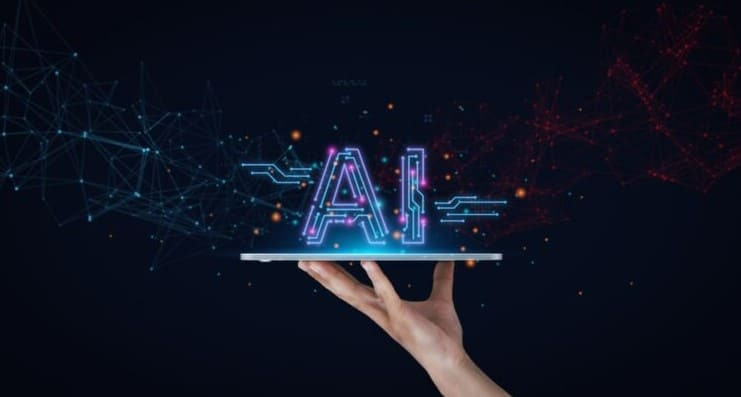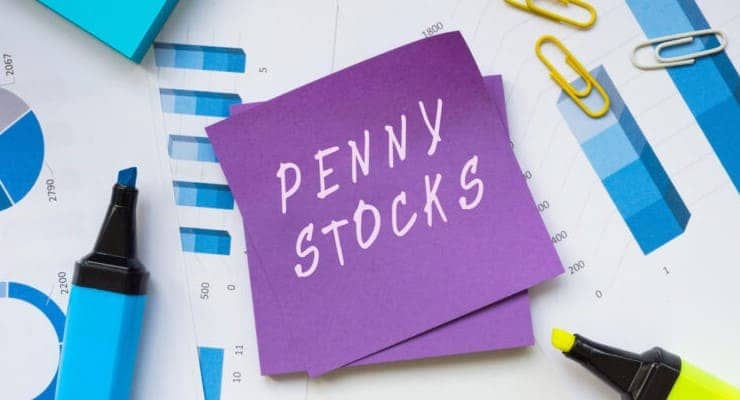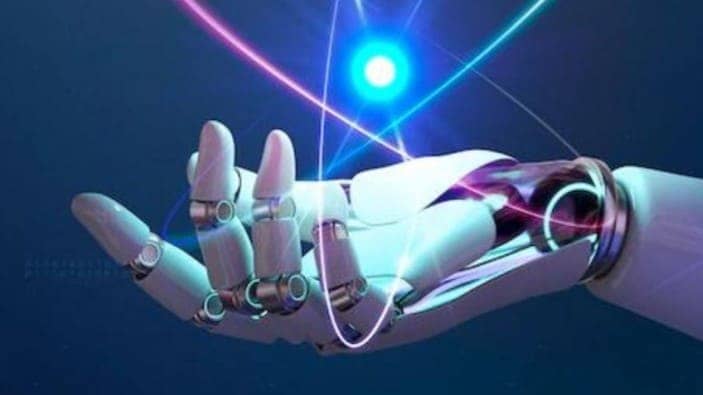
Blockchain is a method of storing data in such a way that it is difficult or impossible to alter, hack, or cheat it. A blockchain is a digital log of transactions that is duplicated and distributed across the blockchain’s complete network of computer systems. Each block on the chain contains a number of transactions, and whenever a new transaction occurs on the blockchain, a record of that transaction is added to the ledger of each participant.
Distributed Ledger Technology is a decentralized database that is administered by various people (DLT). Blockchain is a sort of distributed ledger technology in which transactions are recorded using a hash, which is an immutable cryptographic signature. This means that if a single block in a chain is modified, it will be immediately clear that the chain has been tampered with.
Hackers would have to change every block in the chain, across all distributed versions of the chain, if they intended to destroy a blockchain system. Blockchains like Bitcoin and Ethereum are constantly growing as new blocks are added to the chain, increasing the security of the ledger dramatically.
Why is there so much hype around blockchain technology?
Many attempts to generate digital money have been made in the past, but they have all failed. The most pressing issue is one of trust. How can we believe that if someone invents new money called the X dollar, they won’t give themselves a million dollars or steal your X dollars? Bitcoin was created to address this issue by utilizing a blockchain, which is a type of database.
A person in control of most regular databases, such as a SQL database, can make changes to the entries (e.g. giving themselves a million X dollars). Blockchain is unique in that no one is in charge; instead, the individuals who utilize it run it. Bitcoins can’t be forged, hacked, or double-spent, thus those who own them are safe.
Different types of blockchains
There are many different types of blockchains and blockchain applications. Blockchain is an all-encompassing technology that is integrated across platforms and hardware all over the world.
A blockchain is a data structure that makes it possible to create a digital ledger of data and share it among a network of independent parties. There are many different types of blockchains.
Public blockchains: Public blockchains, such as Bitcoin, are large distributed networks that are run through a native token. They’re open for anyone to participate at any level and have open-source code that their community maintains.
Permissioned blockchains: Permissioned blockchains, such as Ripple, control roles that individuals can play within the network. They’re still large and distributed systems that use a native token. Their core code may or may not be open source.
Private blockchains: Private blockchains tend to be smaller and do not utilize a token. Their membership is closely controlled. These types of blockchains are favored by consortiums that have trusted members and trade confidential information.
All three types of blockchains use cryptography to allow each participant on any given network to manage the ledger in a secure way without the need for a central authority to enforce the rules. The removal of central authority from database structure is one of the most important and powerful aspects of blockchains.
When data is recorded in a blockchain, it’s extremely difficult to change or remove it. When someone wants to add a record to a blockchain, also called a transaction or an entry, users in the network who have validation control verify the proposed transaction. This is where things get tricky because every blockchain has a slightly different spin on how this should work and who can validate a transaction.
How does blockchain work?
Each computer on the blockchain validates data before committing it to the ledger to guarantee that transactions are truthful and correct. To put it another way, you want to make sure people don’t spend money they don’t have or transfer money to the wrong person. Mining is the term for the validation process, which employs a Proof of Work method (PoW). Consider it a difficult math problem that must be solved before any transaction can be added to the blockchain. This assures that no one may imitate transactions that have taken time to complete, implying that they must be genuine.
Other users must validate a transaction before it can be put to the ledger, according to a set of rules. This means that the network is not under the control of a single person or organization. The network is decentralized, which means it is not controlled by a single party or entity. Nodes are the persons who participate in the network.
They also connect with one another to verify transactions and add them to a blockchain, which is an immutable public ledger. The nodes do not need to trust each other; they only need to trust that everyone else on the network will follow specific rules while performing transactions. If all of this sounds confusing, the following paragraphs will describe how blockchain technology works at its most fundamental level.
In this way, Bitcoin has evolved into a public utility that delivers network security and trust without the need for a middleman. This is why it’s critical to recognise that blockchain isn’t solely concerned with digital currency such as Bitcoin. It’s about a shift in the way we do business and engage with one another on a regular basis.
Blockchain is a fantastic technology with a wide range of possibilities, but the hoopla around it may not be justified. Blockchain is a revolutionary technology that has the potential to revolutionise the way financial transactions are conducted. For example, blockchain enables trust to be established without relying on a centralised third party to validate transactions, such as a bank.
Why blockchain is important?
Information is the lifeblood of business. The faster and more accurate it is received, the better. Because it delivers immediate, shareable, and entirely transparent information kept on an immutable ledger that can only be viewed by permissioned network users, blockchain is excellent for delivering that information. Orders, payments, accounts, production, and much more may all be tracked using a blockchain network. You can see all facts of a transaction end to end since members share a single view of the truth, providing you more confidence as well as additional efficiencies and opportunities.
Related Posts

Are Bitcoin And Gold Good Investments?admin . June 19, 2023

72% Of Russians Still Do Not Own A Bitcoin Oradmin . September 2, 2022

What Is Cardano (ADA)? How Does Cardano Work?admin . June 19, 2023

Top 10 Tips to Master Your Crypto Investment Game Inadmin . April 3, 2023

How to Buy Stocks in Canadaadmin . December 18, 2023

Money Market Funds: Everything You Need To Knowadmin . August 1, 2023

Importance of Smart Investment Choices for Tradersadmin . August 14, 2023

Best Canadian Artificial intelligence stocks under $1 2024admin . February 23, 2024

Exciting Opportunities: New Upcoming IPO in India 2024 – Investadmin . November 20, 2023
Latest Posts

Exploring the Best Cash Advance Apps of 2024 April 8, 2024

Top 34 Passive Income Ideas in 2024 March 19, 2024

Top 10 Penny Stocks to Buy Canada 2024 February 23, 2024

Best Canadian Artificial intelligence stocks under $1 2024 February 23, 2024

Top Artificial Intelligence Stocks Canada 2024 February 20, 2024

